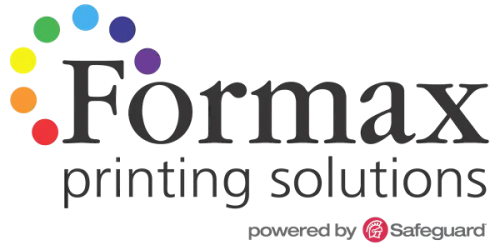Contact Formax Printing
Contact us with questions or to discuss your print project. If you are ready for a quote, please click here to access our easy Quote Request Form.



Contact us with questions or to discuss your print project. If you are ready for a quote, please click here to access our easy Quote Request Form.



